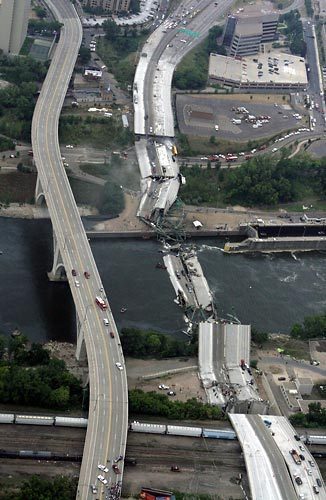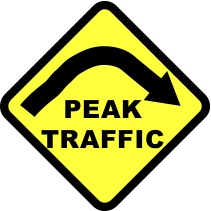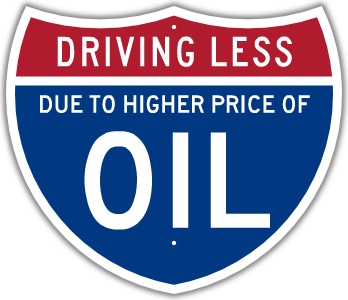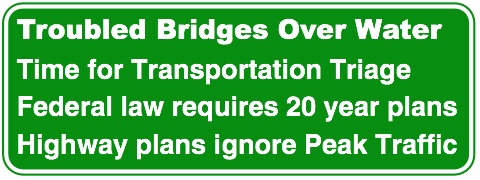 Troubled Bridges Over Water
Troubled Bridges Over Water
Time for Transportation Triage
Another flaw in the human character is that everyone wants to build but nobody wants to do maintenance
-- Kurt Vonnegut
The collapse of the I-35W bridge in Minneapolis in 2007 points out the dangers of deferring maintenance in favor of building more and more roads -- a change in priorities is long overdue.
We can choose as a society to either expand the highway system (NAFTA Superhighways, more Outer Beltways and bypasses, wider roads) or focus on making sure that the existing network can be maintained for the energy downslope.
Unfortunately, few politicians highlight the need to make AMTRAK a serious transportation system for efficiently moving people. A national priority for quality train service would create a lot of good jobs, reduce energy consumption, and make it more likely that the United States will be able to mitigate the inevitable impacts of the end of the petroleum era.
Over $1 trillion was spent to destroy the nation of Iraq (if preparations for the conflict are included), home to the planet's second largest oil reserves. This is more than half of the cost that has been estimated for rebuilding the tens of thousands of deficient highway bridges that are aging and becoming dangerous.
There are several serious - but languishing - proposals for high speed rail in the United States that would be similar to European and Asian networks. Building them would probably cost less than the money spent on the War on Iraq.

Community organizer Byron Kennard, who helped with efforts in the early 1970s to defeat the Super Sonic Transport (SST), wrote in "Nothing Can Be Done, Everything Is Possible," of the strategic benefits of stopping a dangerous technology before it has wreaked havoc, especially if it is peripheral to society.
"In many ways, the SST seemed a symbol of the nation's outmoded, distorted priorities and of so much else that had gone wrong with the country: decision-making in a back room by a few powerful corporate and political leaders; boundless, idiotic faith in high technology as a remedy for social problems; and manipulation of citizens and consumers through spurious economic justifications and slam-bang public relations campaigns.
"Besides the tactical opportunity to exploit the SST's negative symbolism, there also existed this beautiful advantage: The SST hadn't been built yet. Compare this tactical setting with, say, that of citizens fighting the highway/automobile industrial complex. Obviously, thousands of miles of highways have been built and millions of automobiles have been manufactured to traverse them. The industrial complex that produced all this obtained a stranglehold on the American economy in the process. Loosening this grasp is the goal of many civic action groups, but they are fighting impossible odds. Stopping the SST, on the other hand, was a way of nipping a technology in the bud before it grew so large that social processes could not contain it.
"And then there was the sweet possibility of victory. A small, but visible, chance existed to withdraw American support for the SST. Every once in a while social movements need to experience something akin to victory. It's good for morale. It attracts new followers. It convinces the press and politicians that the movement is real and later on this impression helps when the going gets rougher and no discernible victories are in view." [emphasis added]
Byron Kennard, "Nothing Can Be Done, Everything is Possible," Andover, MA: Brick House Publishing Co., Inc. (1982), pp. 102-103
The SST was defeated by a decentralized network of citizen activists who constantly pestered their elected representatives until they stopped subsidizing this billion-dollar boondoggle.








